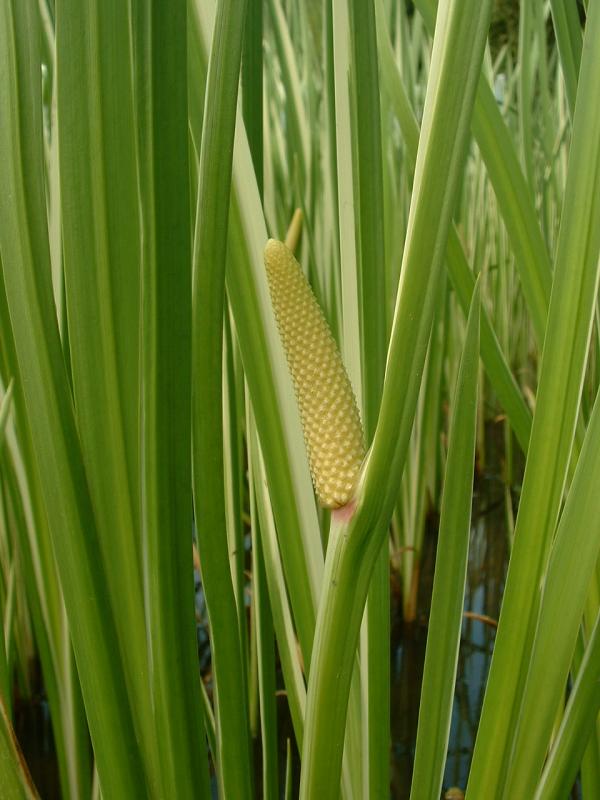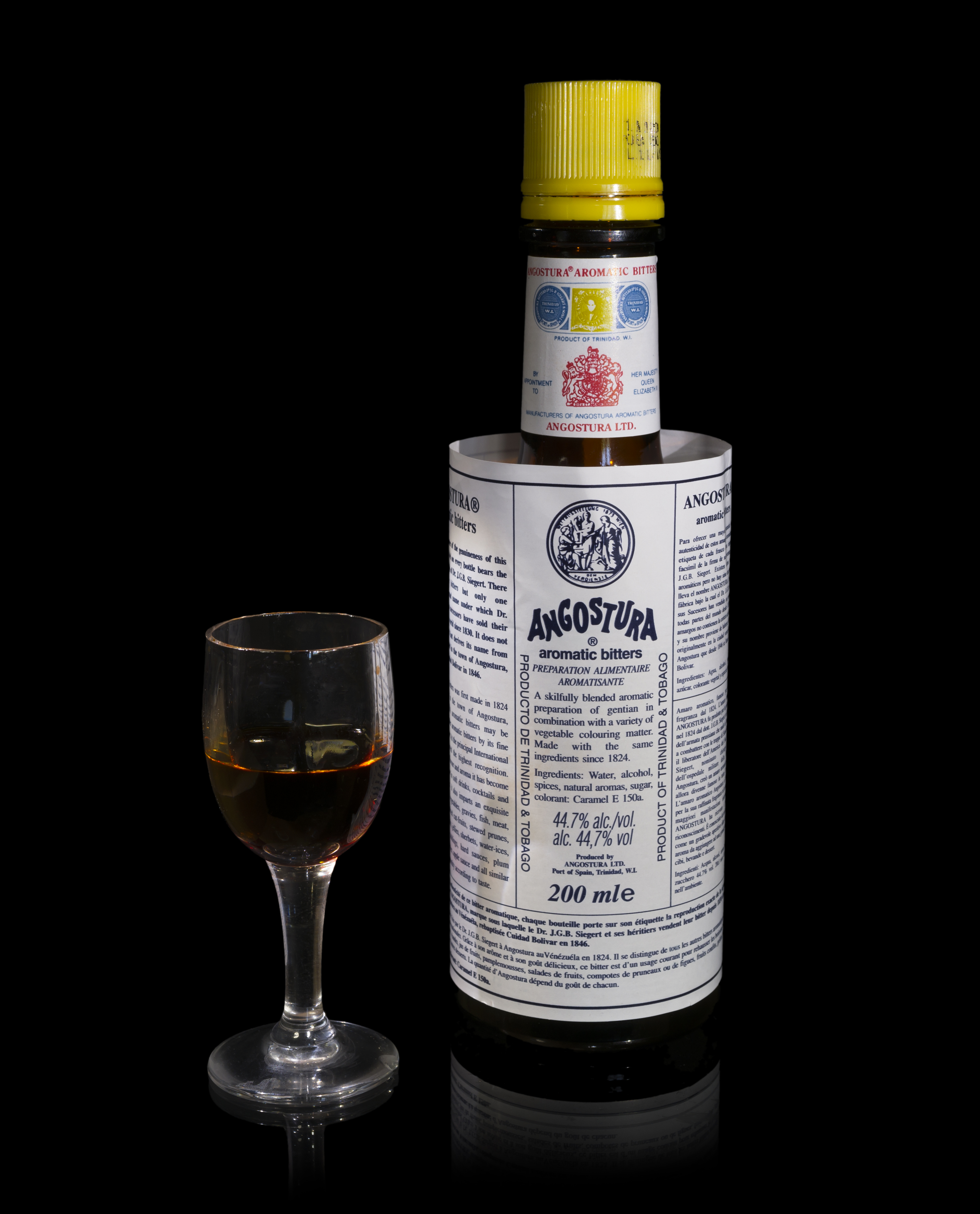|
Asarone
Asarone is chemical compound of the phenylpropanoid class found in certain plants such as ''Acorus'' and ''Asarum''. There are two isomers, α (or ''trans'') and β (or ''cis''). As a volatile fragrance oil, it is used in killing pests and bacteria. Pharmacology The main clinical symptom of asarone is prolonged vomiting that sometimes lasted more than 15 hours. Asarone is not metabolized to trimethoxyamphetamine as has been claimed by online vendors. The Council of Europe Committee of Experts on Flavouring Substances concluded that β-asarone is clearly carcinogenic and has proposed limits for its concentration in flavorings such as bitters made from ''Acorus calamus'' (sweet flag). β-Asarone exhibits anti-fungal activity by inhibiting ergosterol biosynthesis in ''Aspergillus niger''. However, the toxicity and carcinogenicity of asarone means that it may be difficult to develop any practical medication based on it. See also * Elemicin * 2,4,5-Trimethoxypropiophenone 2 ... [...More Info...] [...Related Items...] OR: [Wikipedia] [Google] [Baidu] |
Acorus Calamus
''Acorus calamus'' (also called sweet flag, sway or muskrat root, among many other common names) is a species of flowering plant with psychoactive chemicals. It is a tall wetland monocot of the family Acoraceae, in the genus ''Acorus.'' Although used in traditional medicine over centuries to treat digestive disorders and pain, it has no clinical evidence of safety or efficacy and may be toxic if ingested, and so has been commercially banned in the United States. Description Sweet flag is a herbaceous perennial, tall. Its leaves resemble those of the iris family. Sweet flag consists of tufts of basal leaves that rise from a spreading rhizome In botany and dendrology, a rhizome ( ) is a modified subterranean plant stem that sends out roots and Shoot (botany), shoots from its Node (botany), nodes. Rhizomes are also called creeping rootstalks or just rootstalks. Rhizomes develop from .... The leaves are erect yellowish-brown, radical, with pink sheathing at their base ... [...More Info...] [...Related Items...] OR: [Wikipedia] [Google] [Baidu] |
Acorus
''Acorus'' is a genus of monocot flowering plants. This genus was once placed within the family Araceae (aroids), but more recent classifications place it in its own family Acoraceae and order Acorales, of which it is the sole genus of the oldest surviving line of monocots. Some older studies indicated that it was placed in a lineage (the order Alismatales), that also includes aroids (Araceae), Tofieldiaceae, and several families of aquatic monocots (e.g., Alismataceae, Posidoniaceae). However, modern phylogenetic studies demonstrate that ''Acorus'' is sister to all other monocots. Common names include calamus and sweet flag. The genus is native to North America and northern and eastern Asia, and naturalised in southern Asia and Europe from ancient cultivation. The known wild populations are diploid except for some tetraploids in eastern Asia, while the cultivated plants are sterile triploids, probably of hybrid origin between the diploid and tetraploid forms. Characteris ... [...More Info...] [...Related Items...] OR: [Wikipedia] [Google] [Baidu] |
2,4,5-Trimethoxypropiophenone
2,4,5-Trimethoxypropiophenone is a natural phenylpropanoid and precursor in the synthesis of α- asarone. Natural occurrence 2,4,5-Trimethoxypropiophenone is a component of several plant species' essential oils. The chemical has been identified in '' Piper marginatum'', '' Acorus tatarinowii'', and '' Asarum maximum''. References O-methylated phenylpropanoids Aromatic ketones {{Ether-stub ... [...More Info...] [...Related Items...] OR: [Wikipedia] [Google] [Baidu] |
Chemical Compound
A chemical compound is a chemical substance composed of many identical molecules (or molecular entities) containing atoms from more than one chemical element held together by chemical bonds. A molecule consisting of atoms of only one element is therefore not a compound. A compound can be transformed into a different substance by a chemical reaction, which may involve interactions with other substances. In this process, bonds between atoms may be broken or new bonds formed or both. There are four major types of compounds, distinguished by how the constituent atoms are bonded together. Molecular compounds are held together by covalent bonds; ionic compounds are held together by ionic bonds; intermetallic compounds are held together by metallic bonds; coordination complexes are held together by coordinate covalent bonds. Non-stoichiometric compounds form a disputed marginal case. A chemical formula specifies the number of atoms of each element in a compound molecule, usin ... [...More Info...] [...Related Items...] OR: [Wikipedia] [Google] [Baidu] |
Phenylpropanoid
The phenylpropanoids are a diverse family of organic compounds that are biosynthesized by plants from the amino acids phenylalanine and tyrosine in the shikimic acid pathway. Their name is derived from the six-carbon, aromatic phenyl group and the three-carbon propene tail of coumaric acid, which is the central intermediate in phenylpropanoid biosynthesis. From 4-Coumaroyl-CoA, 4-coumaroyl-CoA emanates the biosynthesis of myriad natural products including Monolignol, lignols (precursors to lignin and lignocellulose), flavonoids, isoflavonoids, coumarins, aurones, stilbenes, catechin, and phenylpropanoids. The coumaroyl component is produced from cinnamic acid. Phenylpropanoids are found throughout the plant kingdom, where they serve as essential components of a number of structural polymers, provide protection from ultraviolet light, defend against herbivores and pathogens, and also mediate plant-pollinator interactions as floral pigments and scent compounds. Hydroxycinnamic ... [...More Info...] [...Related Items...] OR: [Wikipedia] [Google] [Baidu] |
Asarum
''Asarum'' is a genus of plants in the birthwort family Aristolochiaceae, commonly known as wild ginger. ''Asarum'' is from Greek ἄσαρον, a name for '' Asarum europaeum''. Description ''Asarum'' is a genus of low-growing herbs distributed across the temperate zones of the Northern Hemisphere, with most species in East Asia (China, Japan, and Vietnam) and North America, and one species in Europe. Biogeographically, ''Asarum'' originated in Asia. They have characteristic kidney-shaped leaves, growing from creeping rhizomes, and bear small, axillary, brown or reddish flowers. The plant is called wild ginger because the rhizomes and leaves taste and smell similar to ginger root, but the two are not particularly related. The FDA warns against consuming ''Asarum'', as it is nephrotoxic and contains the potent carcinogen aristolochic acid. The birthwort family also contains the genus '' Aristolochia'', known for carcinogens. Wild ginger favors moist, shaded sites with ... [...More Info...] [...Related Items...] OR: [Wikipedia] [Google] [Baidu] |
Isomer
In chemistry, isomers are molecules or polyatomic ions with identical molecular formula – that is, the same number of atoms of each element (chemistry), element – but distinct arrangements of atoms in space. ''Isomerism'' refers to the existence or possibility of isomers. Isomers do not necessarily share similar chemical property, chemical or physical property, physical properties. Two main forms of isomerism are structural isomerism, structural (or constitutional) isomerism, in which ''chemical bond, bonds'' between the atoms differ; and stereoisomerism (or spatial isomerism), in which the bonds are the same but the ''relative positions'' of the atoms differ. Isomeric relationships form a hierarchy. Two chemicals might be the same constitutional isomer, but upon deeper analysis be stereoisomers of each other. Two molecules that are the same stereoisomer as each other might be in different conformational forms or be different Isotopologue, isotopologues. The depth of analy ... [...More Info...] [...Related Items...] OR: [Wikipedia] [Google] [Baidu] |
Fragrance Oil
Fragrance oils, also known as aroma oils, aromatic oils, and flavor oils, are blended synthetic aroma compounds or natural essential oils that are diluted with a carrier like propylene glycol, vegetable oil, or mineral oil. To allergic or otherwise sensitive people, synthetic fragrance oils are often less desirable than plant-derived essential oils as components of perfume. Essential oils, widely used in society, emit numerous volatile organic compounds (VOCs). Some of these VOCs are considered as potentially hazardous under federal regulations. Most high quality essential oils are extracted from natural sources such as plants, herbs, and flowers. However, synthetic versions of the same compound as a natural essential oil are usually very comparable. Furthermore, natural oils are in many cases significantly more expensive than their synthetic equivalents. Aromatic oils are used in perfumery, candles, cosmetics, flavoring of food. Some include (out of a very diverse range): * ... [...More Info...] [...Related Items...] OR: [Wikipedia] [Google] [Baidu] |
Pest (organism)
A pest is any organism harmful to humans or human concerns. The term is particularly used for creatures that damage crops, livestock, and forestry or cause a nuisance to people, especially in their homes. Humans have modified the environment for their own purposes and are intolerant of other creatures occupying the same space when their activities impact adversely on human objectives. Thus, an elephant is unobjectionable in its natural habitat but a pest when it tramples crops. Some animals are disliked because they bite or sting; wolves, snakes, wasps, ants, bed bugs, fleas and ticks belong in this category. Others enter the home; these include houseflies, which land on and contaminate food; beetles, which tunnel into the woodwork; and other animals that scuttle about on the floor at night, like rats and cockroaches, which are often associated with unsanitary conditions. Agricultural and horticultural crops are attacked by a wide variety of pests, the most important being ... [...More Info...] [...Related Items...] OR: [Wikipedia] [Google] [Baidu] |
Trimethoxyamphetamine
3,4,5-Trimethoxyamphetamine (TMA, TMA-1, or 3,4,5-TMA), also known as α-methylmescaline or mescalamphetamine, is a psychedelic drug of the phenethylamine and amphetamine families. It is one of the trimethoxyamphetamine (TMA) series of positional isomers. The drug is notable in being the amphetamine (i.e., α-methylated) analogue of mescaline (3,4,5-trimethoxyphenethylamine). Use and effects TMA is a serotonergic psychedelic and produces hallucinogenic effects. It is said to be active at doses of 100 to 250mg and to have a duration of 6 to 8hours. For comparison, mescaline is typically used at doses of 200 to 500mg and is said to have a duration of 10 to 12hours or longer. TMA's positional isomer 2,4,5-trimethoxyamphetamine (2,4,5-TMA or TMA-2) is much more potent than TMA, with a dosage of 20 to 40mg and a duration of 8 to 12hours. Interactions Pharmacology TMA is a low-potency serotonin 5-HT2A receptor partial agonist, with an affinity (Ki) of >12,000nM, an of 1,7 ... [...More Info...] [...Related Items...] OR: [Wikipedia] [Google] [Baidu] |
Carcinogen
A carcinogen () is any agent that promotes the development of cancer. Carcinogens can include synthetic chemicals, naturally occurring substances, physical agents such as ionizing and non-ionizing radiation, and biologic agents such as viruses and bacteria. Most carcinogens act by creating mutations in DNA that disrupt a cell's normal processes for regulating growth, leading to uncontrolled cellular proliferation. This occurs when the cell's DNA repair processes fail to identify DNA damage allowing the defect to be passed down to daughter cells. The damage accumulates over time. This is typically a multi-step process during which the regulatory mechanisms within the cell are gradually dismantled allowing for unchecked cellular division. The specific mechanisms for carcinogenic activity is unique to each agent and cell type. Carcinogens can be broadly categorized, however, as activation-dependent and activation-independent which relate to the agent's ability to engage dir ... [...More Info...] [...Related Items...] OR: [Wikipedia] [Google] [Baidu] |
Bitters
A bitters (plural also ''bitters'') is traditionally an Alcoholic drink, alcoholic preparation flavored with botanical matter for a Bitterness (taste), bitter or bittersweet Flavoring, flavor. Originally, numerous longstanding brands of bitters were developed as patent medicines, but lately are sold as digestifs, sometimes with herbalism, herbal properties, and as cocktail flavorings. Since cocktails often contain sour and sweet flavors, bitters are used to engage another primary taste and thereby balance out the drink and make it more complex, giving it a more complete flavor profile. Ingredients The botanical ingredients used historically in preparing bitters have consisted of aromatic herbs, bark, roots, and/or fruit for their flavor and medicinal properties. Some of the more common ingredients are cascarilla, Cinnamomum aromaticum, cassia (Chinese cinnamon), gentian, Zest (ingredient), orange peel, and cinchona bark. Most bitters contain both water and ethanol, alcohol, th ... [...More Info...] [...Related Items...] OR: [Wikipedia] [Google] [Baidu] |




